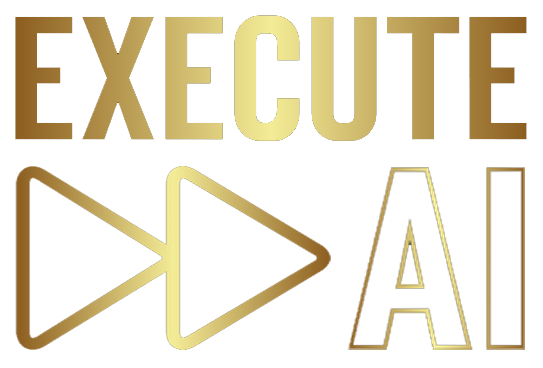Unlocking the World’s Visual Stories: Introducing VideoPrism
We live in a world awash with video content. From cat videos (naturally) to historical documentaries, the internet archives a vibrant, dynamic record of our lives and times. But how do we unlock the knowledge hidden within this deluge of data? Traditional image understanding techniques struggle with the nuances of video, which captures not just static visuals, but also movement, change, and the relationships between objects over time. Enter VideoPrism, a foundational visual encoder poised to revolutionize how we understand the world through video.
Existing video foundation models (ViFMs) have made strides, but they often struggle with the sheer diversity of video data. VideoPrism tackles this challenge head-on, aiming to be a truly general-purpose tool for a wide spectrum of video understanding tasks. Think classification, localization, retrieval, captioning – even answering questions about video content. Imagine the possibilities!
A Feast for the AI: VideoPrism’s Diverse Diet
VideoPrism’s secret sauce? A truly massive and diverse training dataset. We’re talking 36 million high-quality video-text pairs, and a further 582 million video clips with automated transcripts and other “noisy” text. This rich blend allows VideoPrism to learn not only from pristine captions but also from the imperfect, messy reality of online video data. One might say it’s developed quite the palate for the quirky and unexpected.
This two-stage training approach is a bit like teaching a dog a new trick: first, the basic command with clear instructions, then practicing in more chaotic real-world scenarios. This allows VideoPrism to connect semantic language with visual content, even when the text isn’t perfectly polished. It’s a robust approach that makes VideoPrism surprisingly adaptable.
Seeing the Big Picture (and the Small Details): VideoPrism’s Architecture
VideoPrism uses a clever two-stage vision transformer (ViT) architecture. This allows it to encode both spatial and temporal information efficiently. The first stage focuses on individual frames like snapshots, while the second stage weaves these together to capture the flow and dynamics of the video. Think of it as the difference between looking at individual photos and watching a film – context is everything.
Uniquely, VideoPrism learns from both text descriptions (what things look like) and the video content itself (how things move). This dual learning gives it a remarkable ability to understand both appearance and motion, something many other models find tricky. It’s a bit like learning to appreciate both the lyrics and the melody of a song.
Benchmarking Brilliance: VideoPrism’s Performance
How does VideoPrism stack up against the competition? In a word: brilliantly. It achieves state-of-the-art performance on a range of benchmarks, outperforming specialized models in some cases. This broad capability is a testament to its robust design and diverse training data. It’s a generalist that can hold its own against specialists – a true Renaissance model, if you will.
Moreover, when paired with powerful language models, VideoPrism unlocks exciting capabilities in video-text retrieval, captioning, and question answering. Imagine being able to search a vast video library using natural language or generate accurate summaries automatically. The potential applications across fields like science, education, and healthcare are simply staggering.
A Vision for the Future of Video Understanding
VideoPrism represents a significant leap forward in our ability to understand and interact with video content. It’s a powerful example of how AI can augment human capabilities, not replace them. As we continue to develop ViFMs like VideoPrism, we remain committed to ethical AI principles, ensuring these technologies are used responsibly and transparently. After all, with great power comes great responsibility (and hopefully a decent cuppa).





